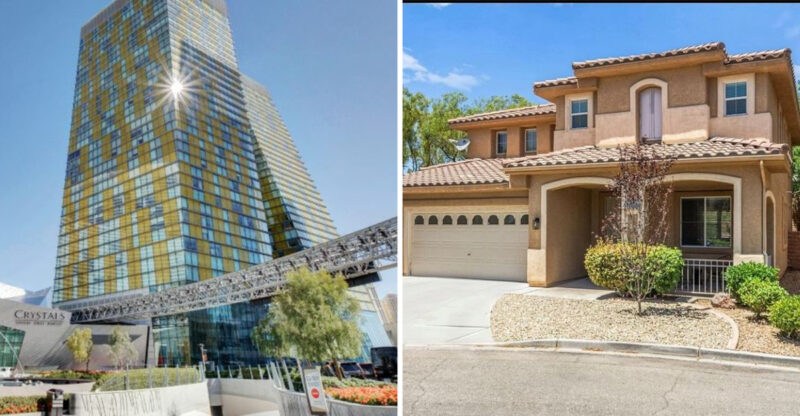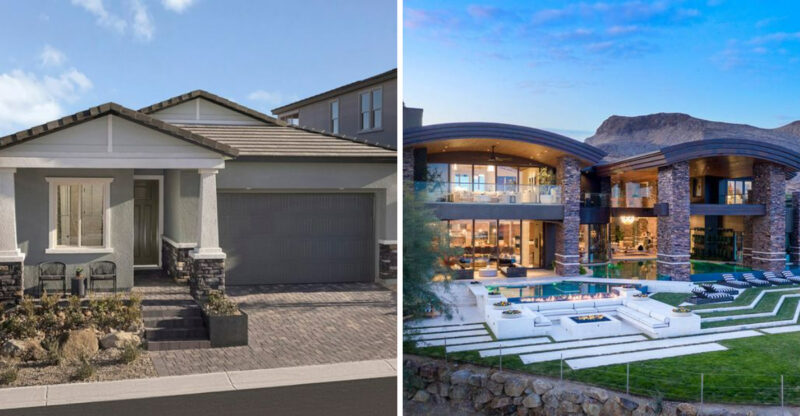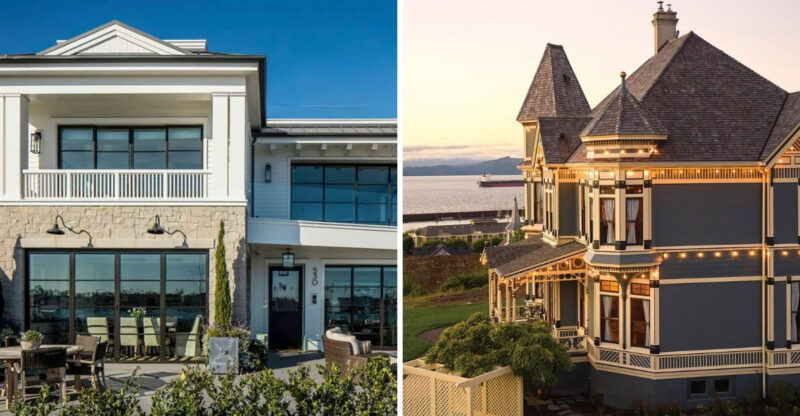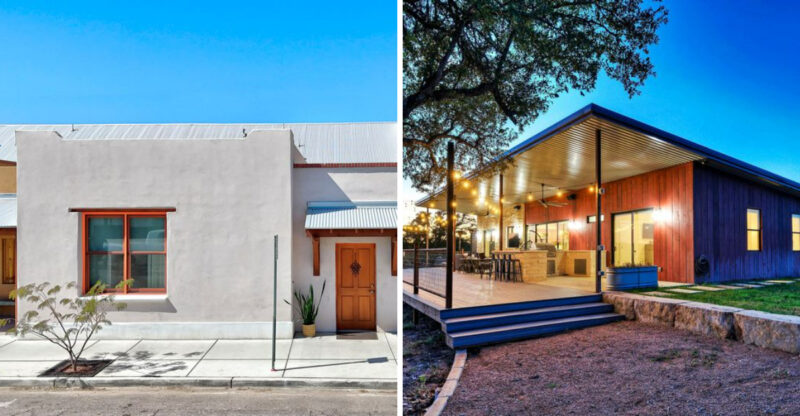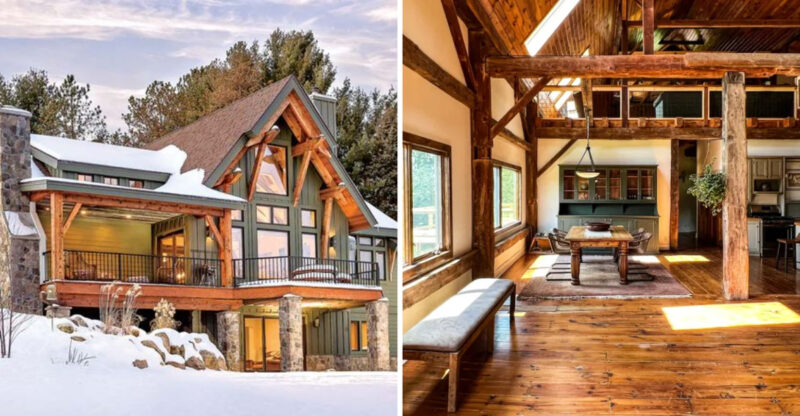9 Popular Decorating Trends That May Not Work Long-Term
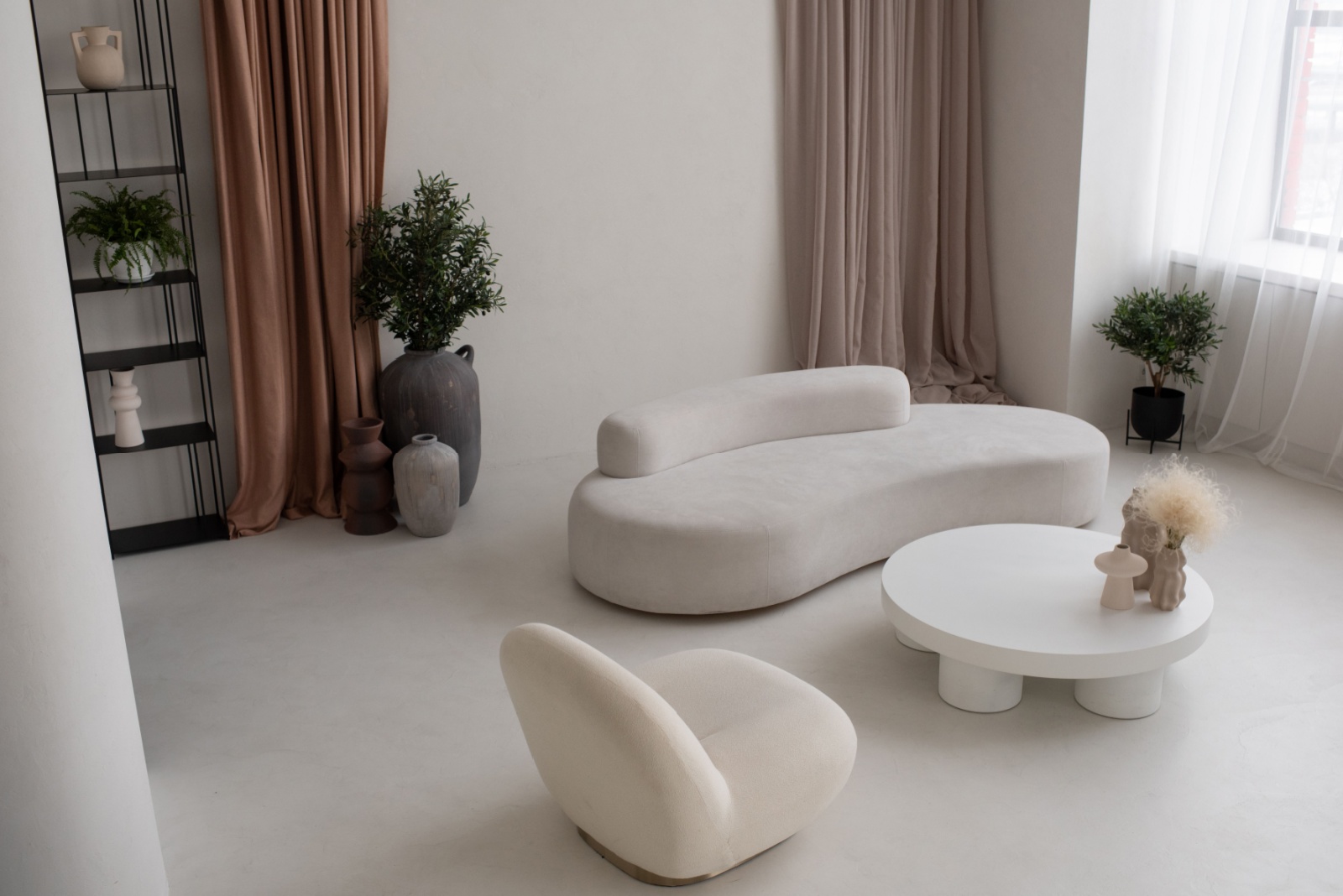
Home decorating trends come and go faster than you can say “accent wall.” While Instagram and Pinterest showcase gorgeous spaces that make us want to renovate immediately, not all trendy designs stand the test of time.
Before you invest in that ultra-modern look or completely transform your space, consider which popular styles might leave you with renovation regrets just a few years down the road.
Keep in mind that personal taste and lifestyle play a big role. What feels right for you now may change over time.
1. All-White Interiors
Ever tried eating spaghetti in a pristine white dining room? Those spotless white-on-white interiors look dreamy in magazines but quickly become a maintenance nightmare in real homes with actual humans.
All-white spaces show every speck of dirt, scuff mark, and coffee splash. The stark brightness that initially feels so clean and airy often transforms into a clinical, cold environment that lacks personality after the honeymoon phase wears off.
Plus, white furnishings require constant cleaning or replacing as they yellow and discolor with age. A costly commitment most homeowners eventually tire of maintaining.
2. Open Shelving In Kitchens
How quickly those beautiful, staged photos of perfectly arranged dishes turn into dust-collecting chaos! Open shelving might showcase your wedding china beautifully, but it demands constant curation and cleaning.
Kitchen items accumulate grease film in even the cleanest homes. Without cabinet doors protecting them, your dishes require regular washing even when unused. The visual clutter of mismatched everyday items quickly becomes overwhelming, making your kitchen feel messy rather than magazine-worthy.
Most homeowners eventually install cabinet doors after tiring of dusting their drinking glasses before each use.
3. Matte Black Fixtures
Though they photograph like a dream on social media, matte black fixtures reveal every water spot, fingerprint, and speck of toothpaste with merciless clarity. The dramatic contrast initially feels sophisticated and bold.
Matte black finishes require significantly more cleaning than traditional chrome or brushed nickel. Water quality issues become glaringly obvious. Hard water leaves white calcium deposits that stand out dramatically against the dark background.
When this ultra-specific trend fades, replacing every faucet, handle, and fixture throughout your home will cost substantially more than simply updating a few accent pieces.
4. Wall-To-Wall Carpeting
If you’ve ever tried removing a decade-old carpet, you understand why this trend keeps cycling in and out of favor. Wall-to-wall carpeting initially feels cozy and sound-dampening, creating that soft, uniform look.
Wall-to-wall carpets trap allergens, odors, and stains that eventually become impossible to fully remove. No amount of professional cleaning can reverse years of foot traffic patterns or pet accidents that have penetrated to the padding below.
Hardwood floors with area rugs provide the same comfort with significantly more flexibility and longevity, allowing you to replace just the worn or dated elements rather than undertaking a massive renovation.
5. Oversized Statement Lighting
Where exactly do you store that massive chandelier when you’re ready for something new? Dramatic, oversized lighting fixtures create immediate visual impact but quickly become the dated centerpiece you can’t ignore.
Statement lighting pieces are typically expensive and highly specific to certain design aesthetics. When styles change, as they inevitably do, these large-scale fixtures are difficult and costly to replace.
Most homeowners eventually discover that more modest, classic lighting with interchangeable shades offers better flexibility as their taste evolves and trends shift over the decades they own their homes.
6. High-Maintenance Natural Materials
Did anyone warn you that marble countertops can be etched permanently by a single lemon slice? Natural materials like marble, soapstone, and unsealed wood look stunning in showrooms but demand constant vigilance in real homes.
Marble countertops etch when exposed to acidic foods like tomatoes or citrus. Soapstone requires regular oiling to maintain its appearance. Unsealed wood surfaces warp when exposed to moisture.
Many homeowners eventually replace these high-maintenance materials. They choose materials that mimic the natural look without requiring protective cutting boards, coasters, and specialized cleaning products for everyday use.
7. Open Floor Plans Without Defined Spaces
Are you enjoying hearing every dishwasher cycle while trying to watch TV? The completely open concept seemed brilliant until family members needed separate activities in the same giant room.
Open floor plans without any visual or acoustic separation create challenges with noise control, temperature regulation, and visual clutter. What looks airy and spacious in real estate listings quickly becomes problematic when multiple activities need to happen simultaneously.
Most homeowners eventually add partial walls, sliding doors, area rugs, or furniture groupings to create distinct zones within open spaces. Essentially recreating separate rooms without actual walls.
8. Trendy Wallpaper Prints
It’s all fun and games until you’re scraping palm fronds off your bathroom walls five years later! Bold, trendy wallpaper prints make a dramatic statement that quickly identifies exactly when you decorated your home.
Removing outdated wallpaper ranks among homeowners’ most dreaded renovation tasks. Unlike paint, which can be easily updated in a weekend, wallpaper removal often damages walls and requires significant repair before redecorating.
Consider using bold prints in easily changeable elements like throw pillows or artwork instead. Your walls should serve as a more timeless backdrop that won’t visually date your entire room the moment trends shift.
9. Minimalist Living With Limited Storage
Where exactly do you hide your winter coats, tax documents, and vacuum cleaner in those sparse minimalist spaces? The ultra-clean aesthetic looks peaceful in magazines but creates daily stress in functioning households.
Minimalist designs often sacrifice practical storage solutions in favor of clean lines and empty surfaces. Without adequate closets, cabinets, and utility spaces, everyday items either remain constantly visible or require continuous effort to maintain the uncluttered appearance.
Most families eventually add storage solutions or move to more practical layouts after tiring of shuffling belongings between rooms or maintaining unrealistic levels of possessions for their lifestyle needs.


